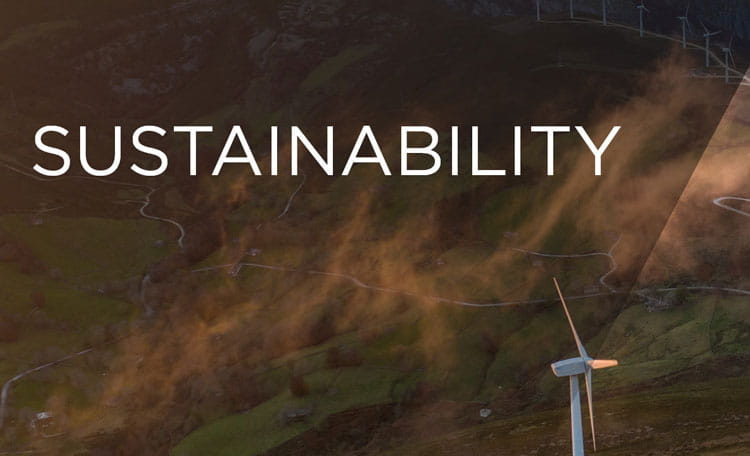Location Matters
The level of climate risk is magnified by the built environment’s development, location and interrelated socioeconomic factors. For example, in New York City, the southern tip of Manhattan is already at risk from flooding, and some of the world’s most expensive real estate— around $130 billion in building value1—exists within existing floodplains. We’ve reached a place in time when some of the richest cities in the world are facing dire social and economic consequences because of climate change.Keeping to 1.50C Warming
Even if we could limit rising temperatures to 1.5 degrees Celsius, it would not solve all the world's ills. Every additional half-degree of warming brings the effects of climate change to hundreds of millions of people and significantly increases the cost of mitigation.
Most countries are now considering adaptation measures to build resiliency against the risks that increased temperatures bring, but according to the IPCC, there is a significant funding gap to address the changes that must be made, especially as investment and funding for fossil fuels far exceeds funding for climate mitigation and adaptation. Climate finance will need to increase by 500% by 2030 to reach mitigation goals alone. Developing countries will need $127 billion per year by 2030, and $295 billion per year by 2050, to adapt to the changing climate. By 2019, funding had only reached $30 billion per year.
According to the IPCC report, there is a 50% chance that global temperatures will surpass 1.5 degrees Celsius before 2040. If high emissions continue, the temperatures could increase to between 3.3 to 5.7 degrees Celsius by 2100. In the modelled pathways to limit global warming to 1.5 degrees Celcius, greenhouse gas emissions must peak immediately, then drop rapidly 40% by 2030 and 60% by 2035. Greenhouse gas emissions continue to increase, and the small drop seen during the pandemic has since been surpassed. Greenhouse gas emissions are 12% higher than in 2010 and 54% higher than in 1990.
Decarbonization of the Built Environment
Reducing greenhouse gas emissions is not enough; we must also remove carbon from the environment. The IPSS finds that there is no pathway to 1.5 degrees Celsius that does not require decarbonization. There are two main sources of carbon removal: those reliant on land and those taking place in our oceans. They range from nature-based to technological approaches. The built environment must pay careful consideration to how it carries out the groundwork of new buildings, how it looks to re-forest areas that have been reduced to provide building materials and to ensure carbon sinks, such as peat bogs, freshwater lakes and wetlands, rainforests, and grasslands, continue to grow and thrive.
The number one cause of climate change remains the burning of fossil fuels. The existing and planned fossil fuel operations would see a major overshoot in the emissions of carbon dioxide, leading to further warming and irreversible consequences. Major reductions are needed—global use of coal will need to fall by 95%, oil by 60% and gas by 45%, all by 2050. There is good news in the retirement of coal-fired power plants across Europe and the U.S., but investments are still being made to increase coal capacity in some of our major economies.
Reductions are not solely the responsibility of the fossil fuel industry, as they are supplying to meet the demand of industry and consumers. We all need to make major changes to how we live our lives and operate our businesses. It is not sufficient to look to replace fossil fuels with an alternative. The bottom line is that we must simply reduce the amount we consume.
The IPCC report cites 10 key solutions needed to mitigate climate change, six of which must be addressed by the real estate industry:
- Retrofit and decarbonize buildings – As detailed in our recent Obsolescence Equals Opportunity reports released in the United States and Europe, there is an overwhelming case for meaningful change. Whether driven by legislation, asset age or changing occupier expectations, the need to retrofit and decarbonize buildings is crucial in cutting global emissions.
- Investing in clean energy and efficiency – A key change needed is a switch to renewable energy and installation of efficient heating and cooling systems—a departure from gas toward air-source heat pumps, ground-source heat pumps, solar thermal panels and other renewable technology.
- Decarbonizing cement, steel, and plastics – There is a need to change fundamentally how we think of building materials, both in new assets or in repositioned and refurbished buildings. Aluminium, steel section, glass and reinforced concrete are particularly high emitters of embodied carbon.2 Alternatives include low-carbon cement, recycled steel, bamboo, smart glass windows and many iterations of traditional concrete.3
- Shift to electric vehicles – The demand for electric vehicles (EV) is evidenced by the long lead times to secure one, even though EV charging capacity and availability is lacking. According to the U.S. Department of Energy, 80% of EV charging is done at home,4 which leaves 20% of cars looking for a charger away from home, providing opportunity for building owners to install EV chargers wherever possible—especially if they’re looking for an incentive to return to the office5
- Increase public transport, walking and cycling – A real estate fundamental—location, location, location—still holds true. It is ever more critical to be in a location that is well served by public transport and that offers facilities such as bike storage, bike servicing, showers and lockers.
- Eat more plants and less meat – For the many office buildings and retail environments that offer food and beverage to meet the needs of workers, serving more plant-based alternatives to hundreds of millions of people each day would make a significant impact on our climate and the volume of our global emissions.6
Ultimately, What Does All of this Mean for the Built Environment?
The time for change is today, and there is no alternative to addressing the challenge we face if we want to have any hope of keeping global warming to 1.5 degrees Celsius. There is little hope of keeping within the boundaries set in Paris in 2015. To keep to those targets, we would need to reach peak fossil fuel use and emissions this very hour—and we know this is not going to happen. As custodians of our environment and developers of the built world, we have an important role to play. Everything we do must protect and enhance the value of buildings and the environments they inhabit.
There is no doubt of the urgency of the situation. Antonio Guterres, Secretary-General of the UN, could not be clearer when he described the IPCC report as a “survival guide for humanity.” He further warned that the "climate time bomb is ticking" and urged rich nations to slash emissions.
The actions we take—or fail to take—today will resonate for thousands of years and for innumerable generations. We could not be in a better place, as part of the real estate industry, to make significant changes that will change the lives of many millions, indeed billions of individuals, across our planet.
“Think for tomorrow, but act for today.” Mahatma Ghandi
1 https://www.c40.org/what-we-do/scaling-up-climate-action/adaptation-water/the-future-we-dont-want/sea-level-rise/#:~:text=As%20with%20other%20climate%20hazards,such%20as%20Bangkok%20and%20Shanghai.
2 https://pliteq.com/news/building-vs-carbon-footprint/
3 https://www.cicconstruction.com/blog/eco-friendly-sustainable-building-materials-for-greener-construction/
4 https://www.canarymedia.com/articles/ev-charging/5-charts-that-shed-new-light-on-how-people-charge-evs-at-home
5 https://www.bbc.co.uk/news/business-64914894
6 https://www.bbc.co.uk/news/science-environment-49238749




